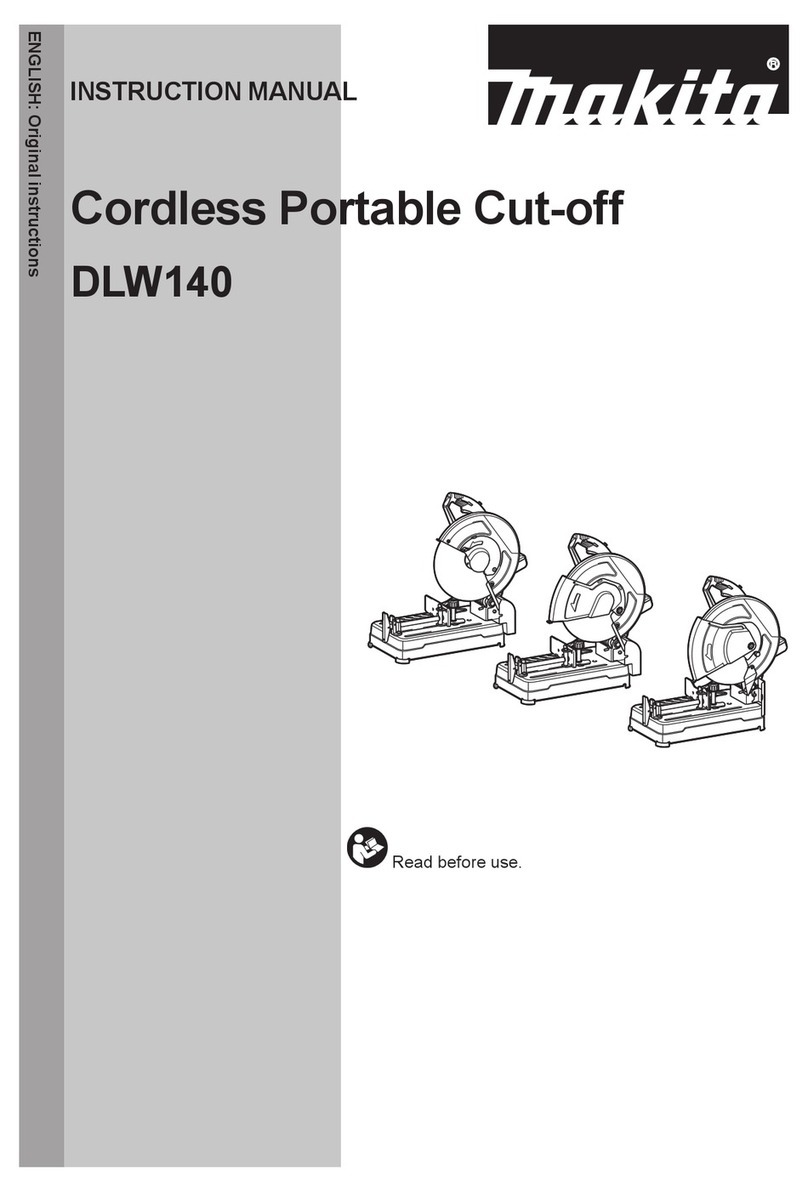Makita LS0714L User manual
Other Makita Saw manuals
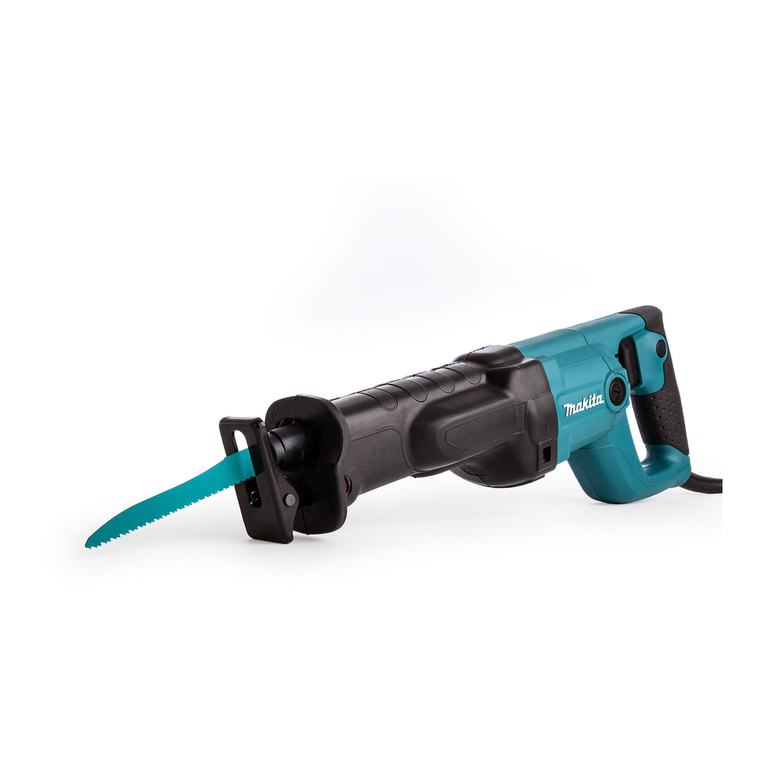
Makita
Makita JR3050T User manual

Makita
Makita 2107F User manual
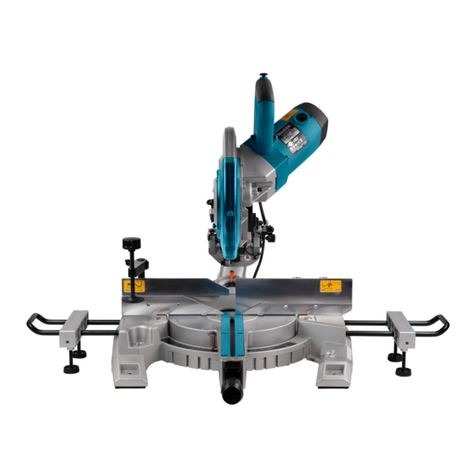
Makita
Makita LS1018LN User manual
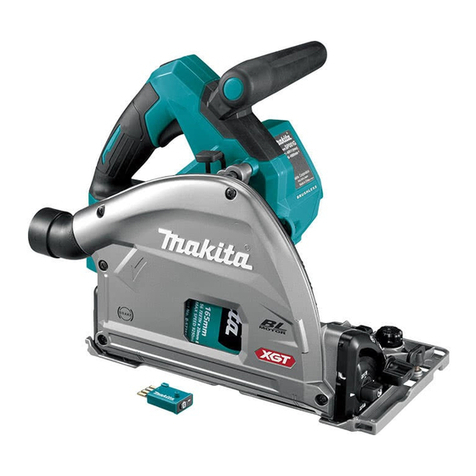
Makita
Makita SP001G User manual

Makita
Makita LH1040 User guide
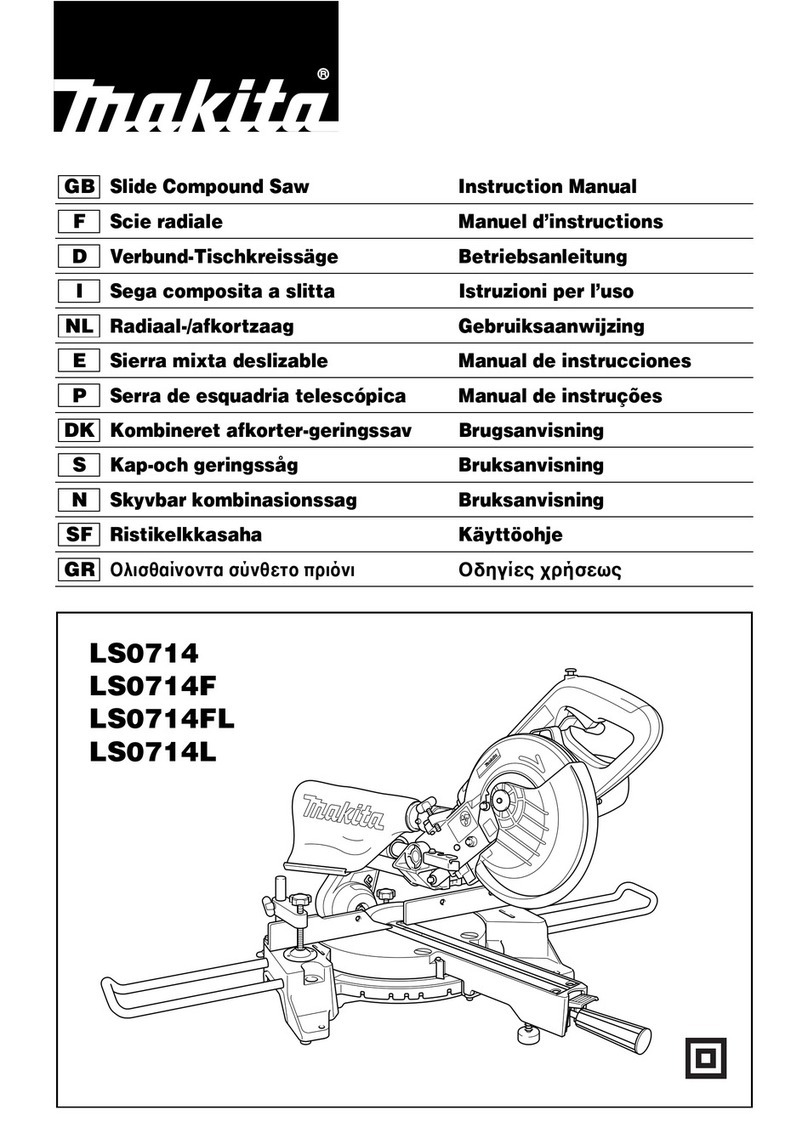
Makita
Makita LS0714 User manual
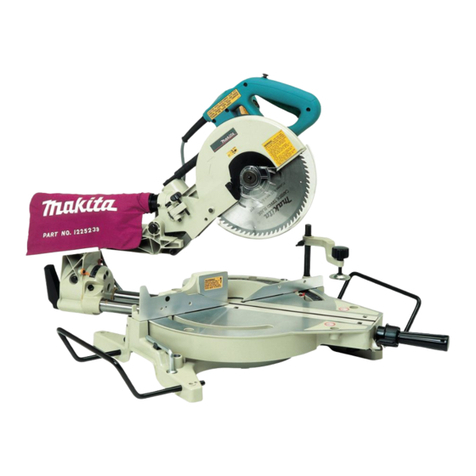
Makita
Makita LS1013 User manual

Makita
Makita LS1214 User manual
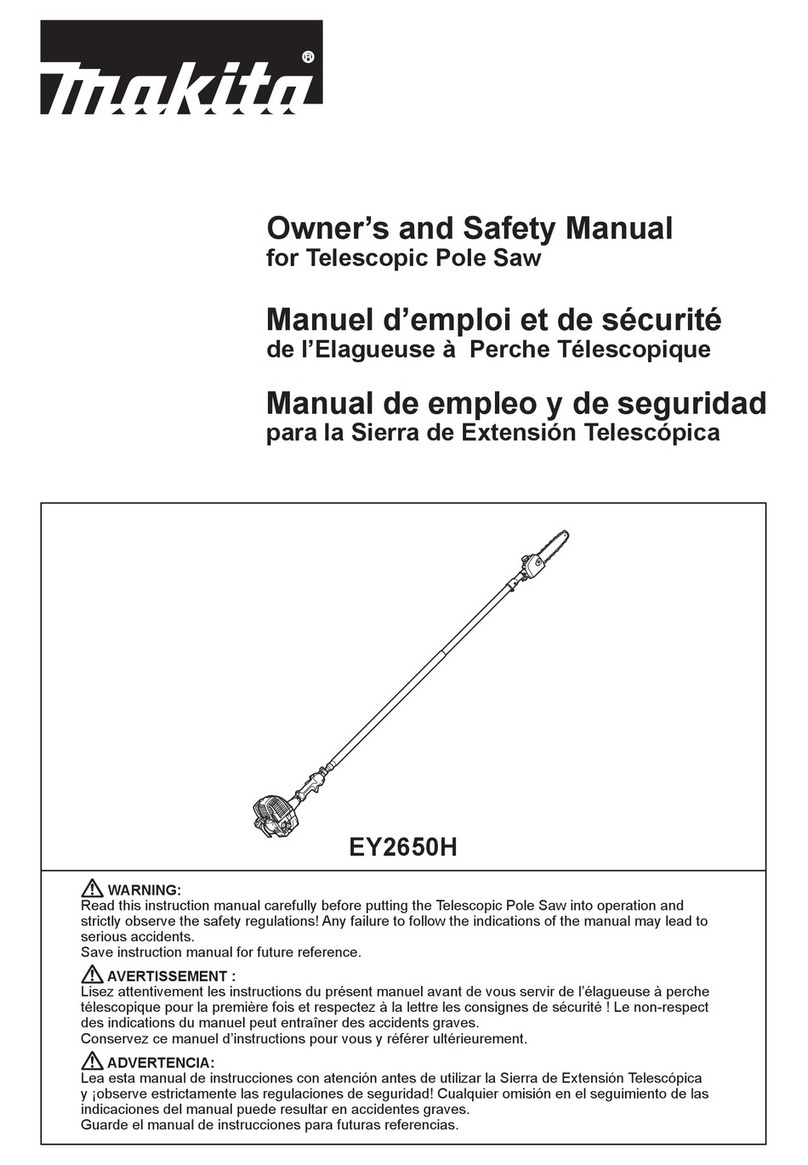
Makita
Makita EY2650H Instruction Manual
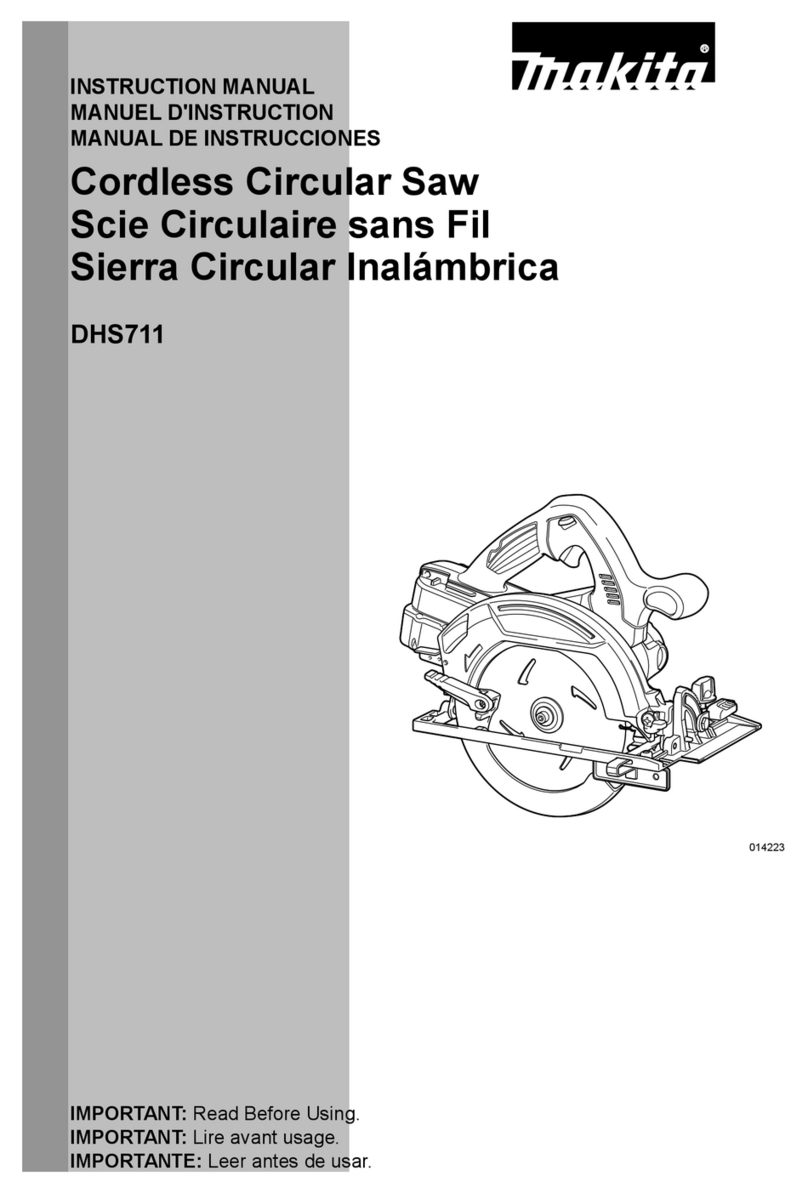
Makita
Makita DHS711 User manual

Makita
Makita 5402NA User manual
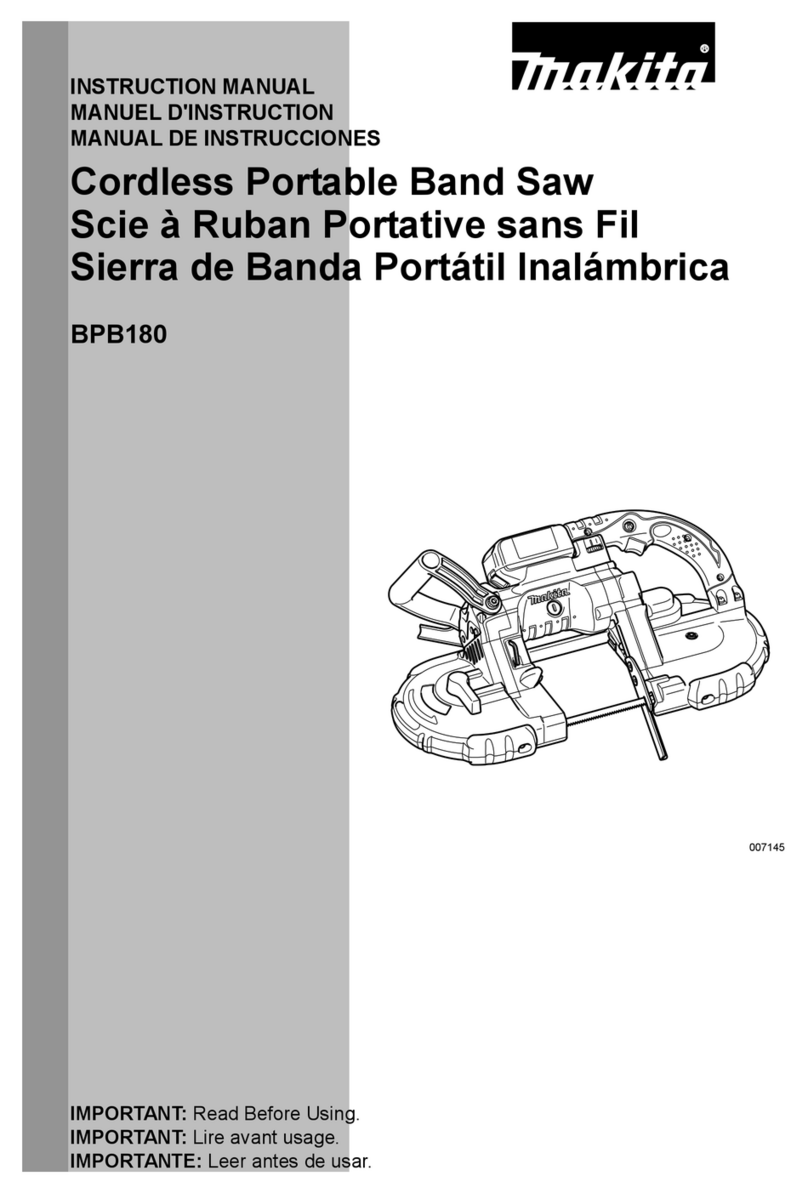
Makita
Makita BPB180 User manual
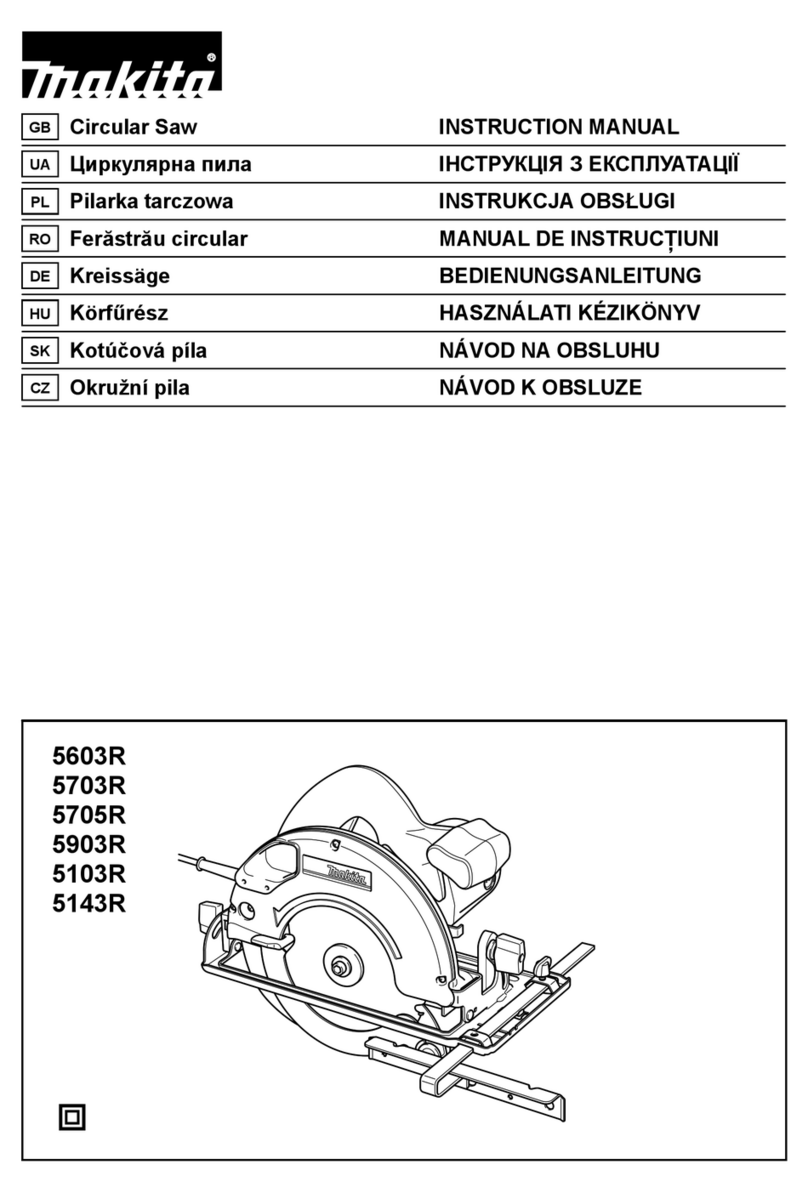
Makita
Makita 5143R User manual
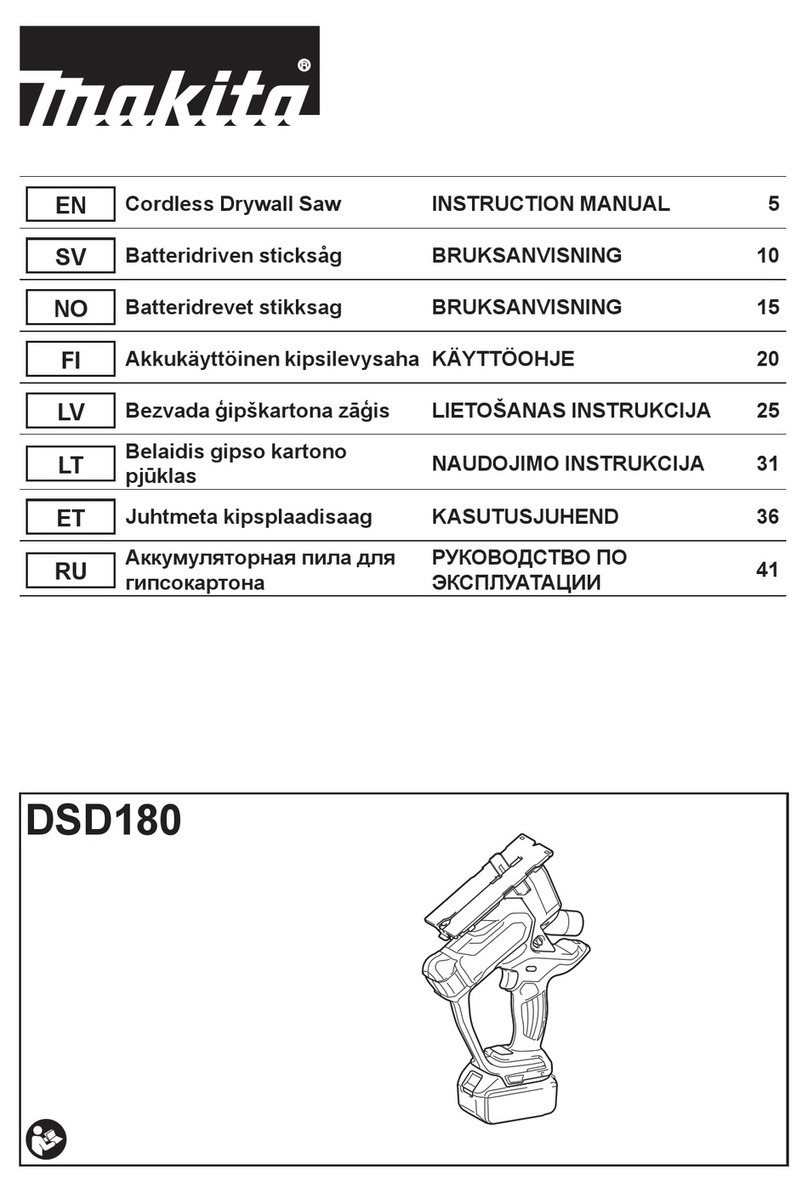
Makita
Makita DSD180 User manual
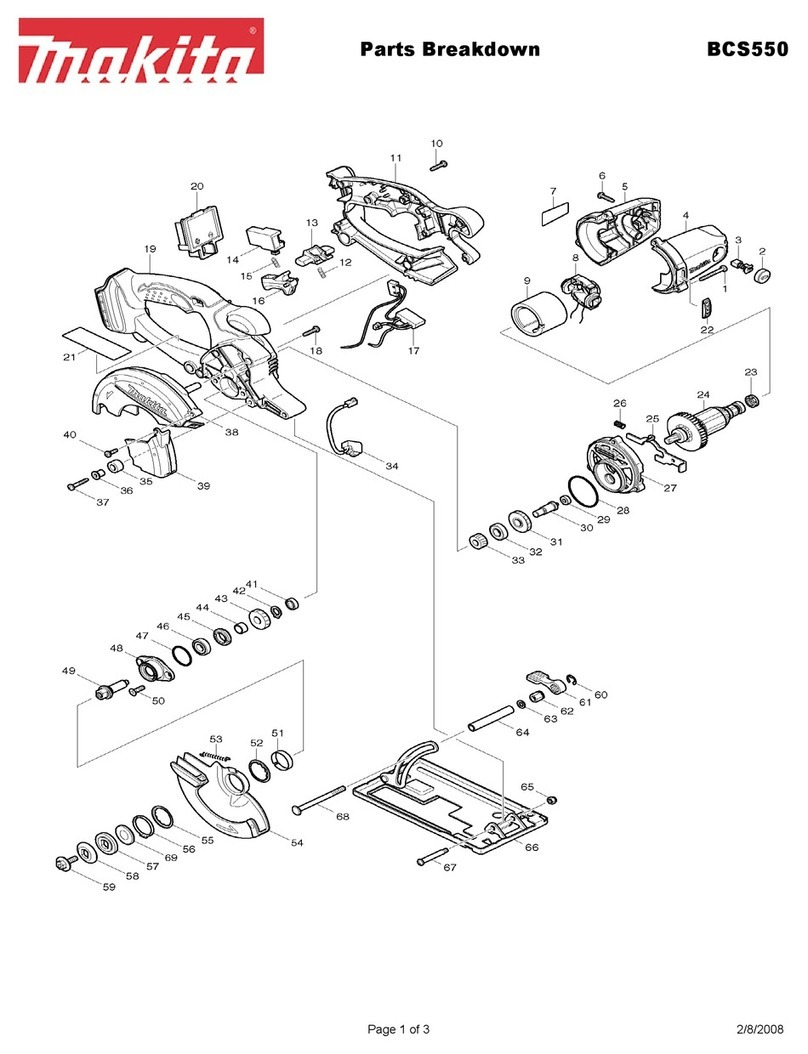
Makita
Makita BCS550 Quick start guide
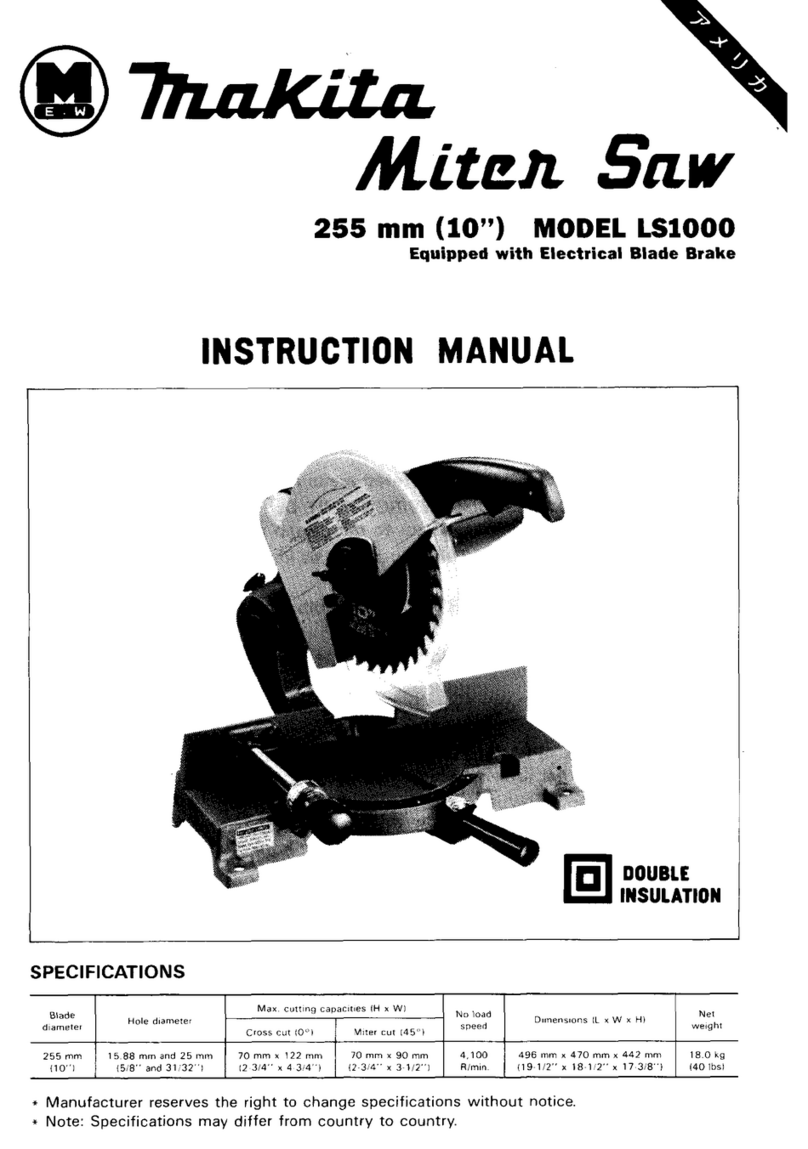
Makita
Makita LS1000 User manual
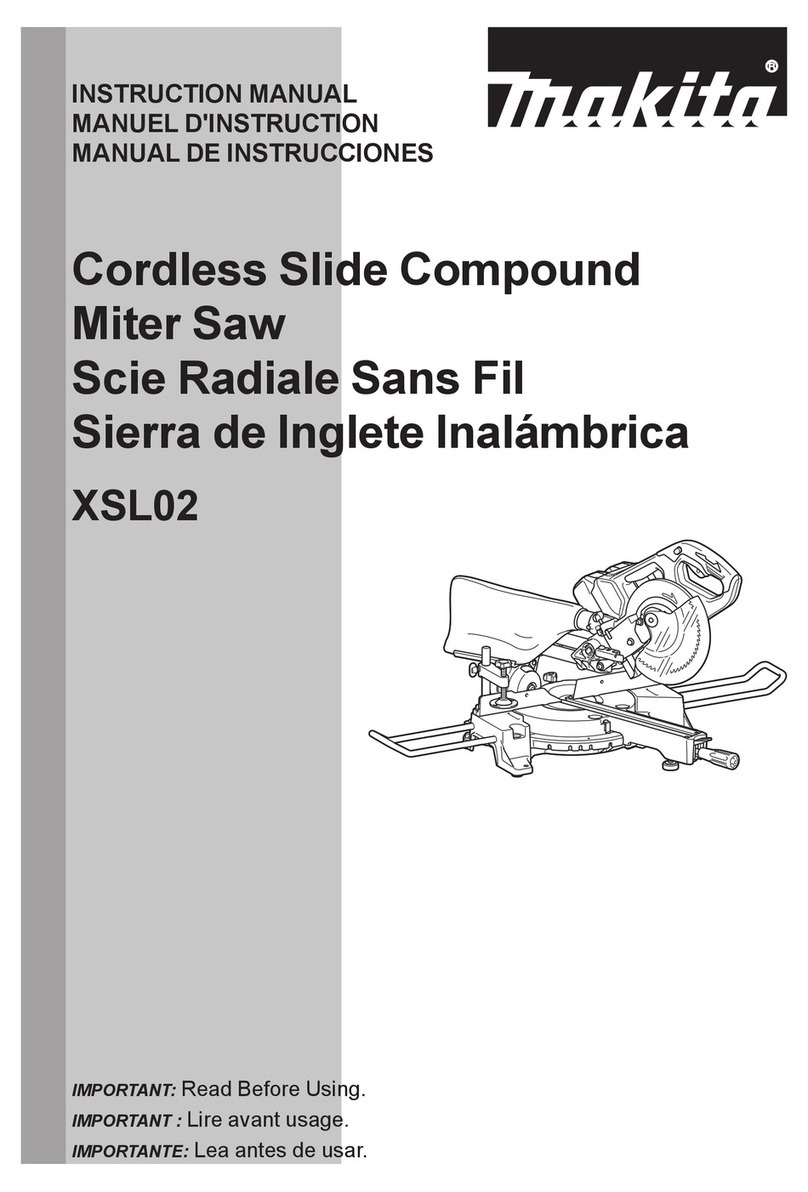
Makita
Makita XSL02 User manual
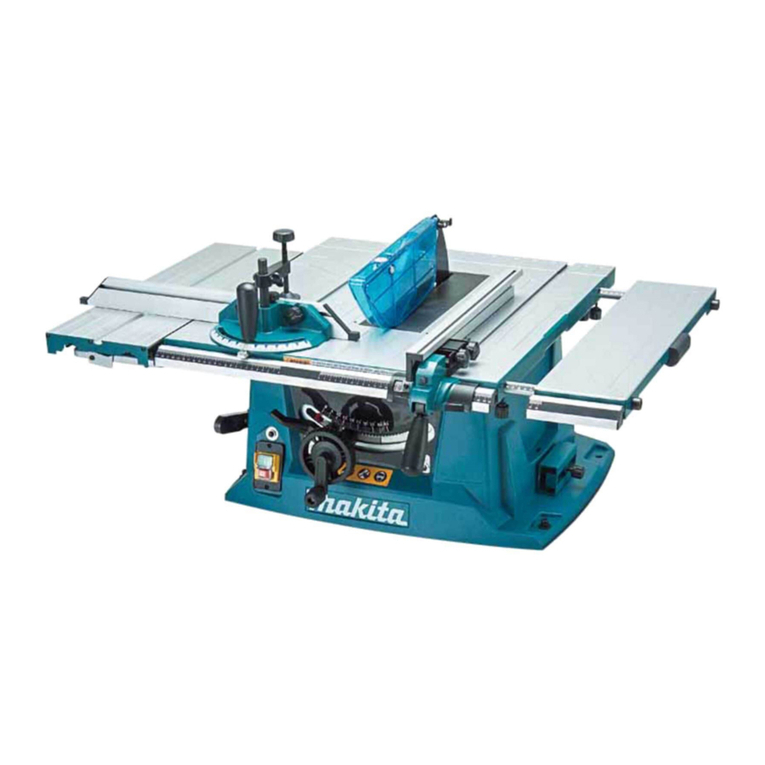
Makita
Makita MLT100N User manual
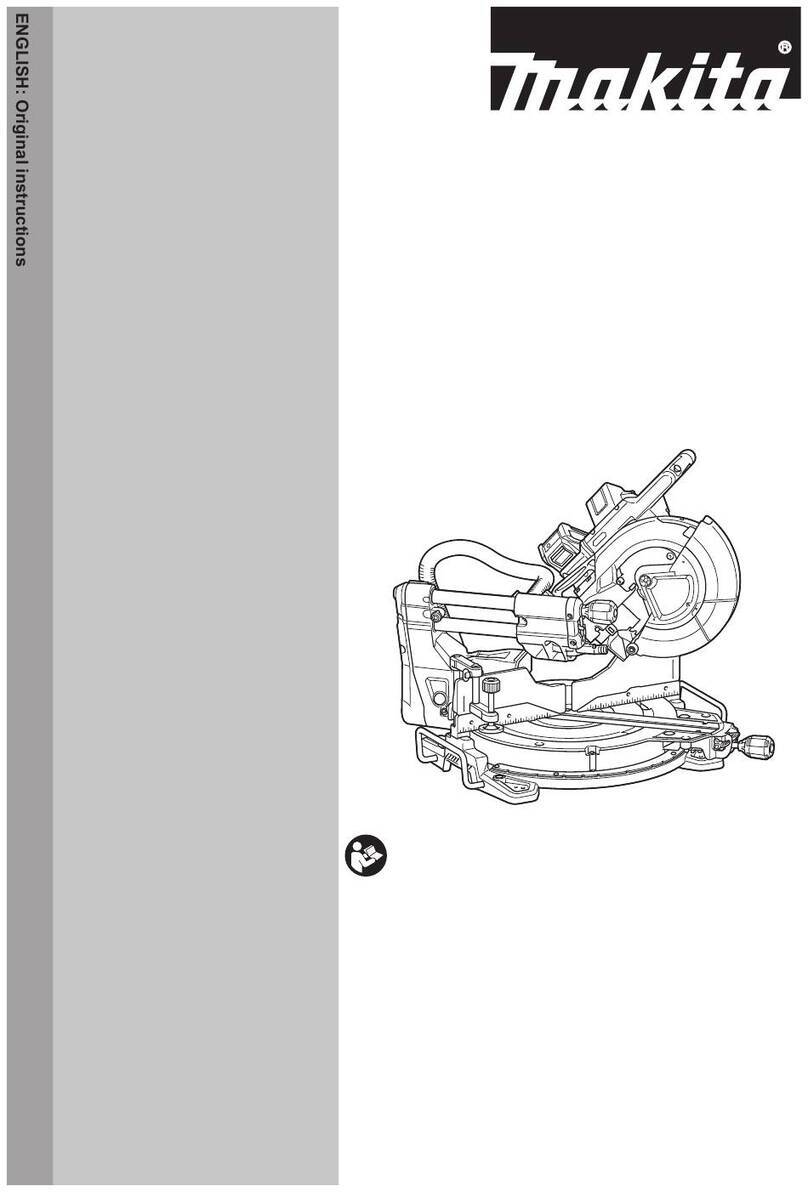
Makita
Makita LS004GM201 User manual
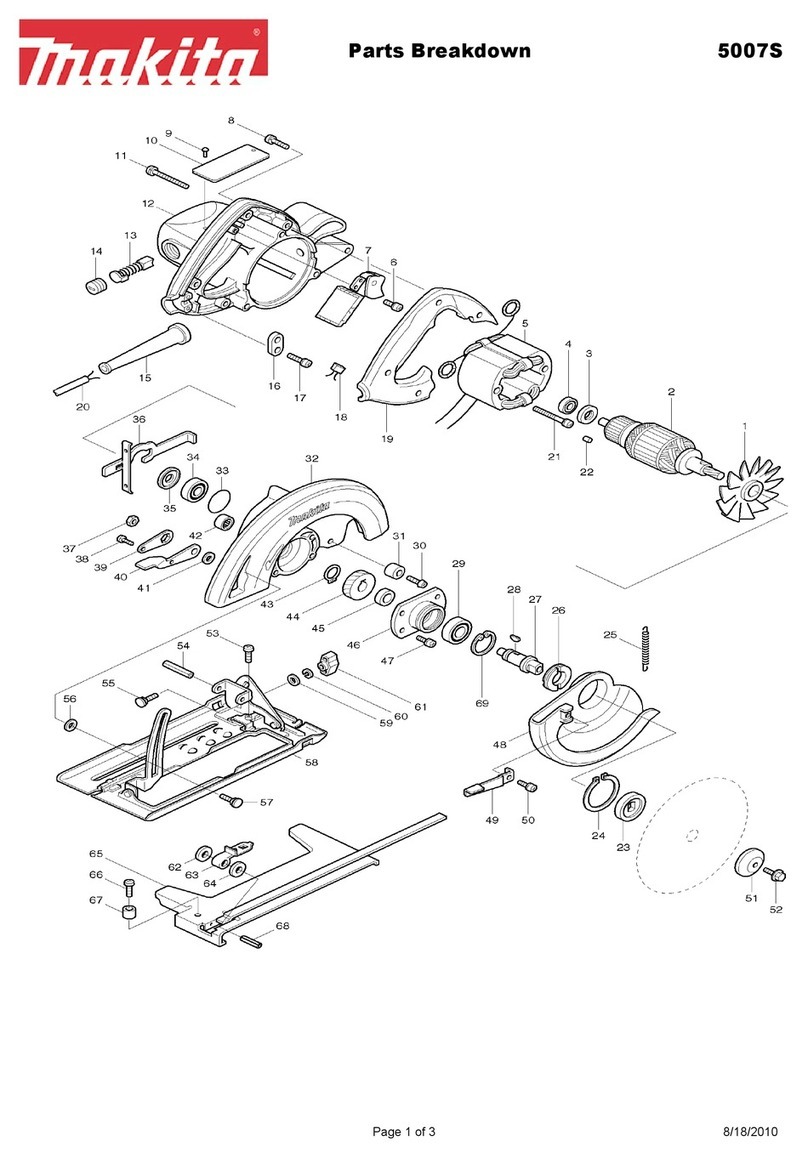
Makita
Makita 5007S Quick start guide


